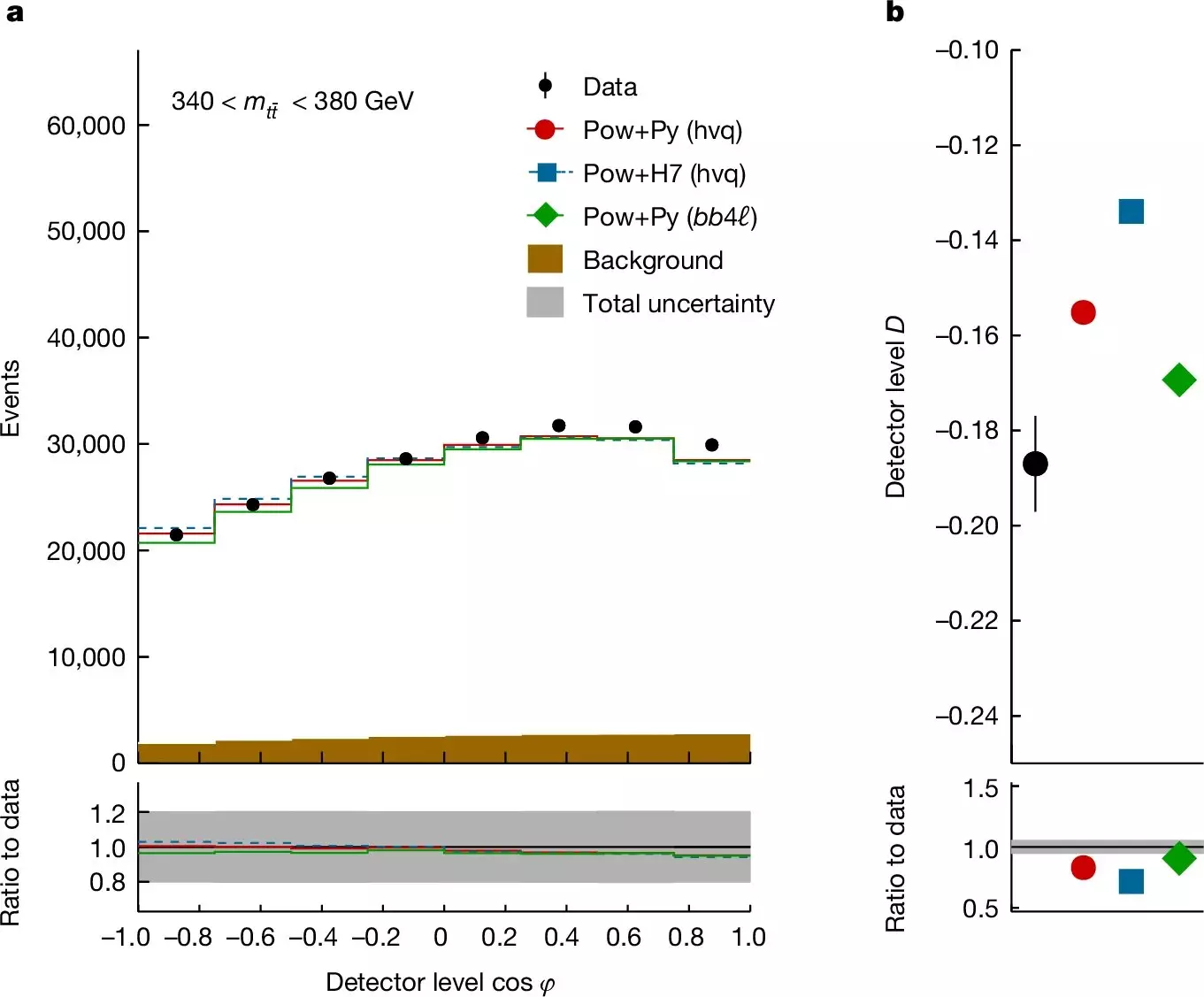Quantum entanglement is one of the most enigmatic aspects of quantum mechanics, the branch of physics that governs the behavior of the incredibly small. This phenomenon occurs when two or more particles become interconnected in such a way that the state of one instantaneously influences the state of another, irrespective of the distance separating them. Unlike classical physics, which operates on principles of locality and separability, quantum entanglement defies these intuitive notions, allowing particles to maintain a connection that is non-local in nature. Such peculiar behavior has intrigued quantum physicists and has paved the way for revolutionary technologies, such as quantum cryptography, which ensures secure communication, and quantum computing, which promises to vastly increase computational power.
In 2022, the Nobel Prize in Physics was awarded to three esteemed scientists: Alain Aspect, John F. Clauser, and Anton Zeilinger. Their pioneering work, particularly on entangled photons, confirmed longstanding beliefs about the existence of entanglement as predicted by physicist John Bell. This accolade underscored the significance of entanglement in the broader narrative of quantum physics and highlighted its pivotal role in the advent of quantum information science. However, until recently, the exploration of entanglement at high-energy scales—specifically in particle collisions—had remained largely uncharted territory.
A transformative breakthrough was reported by the ATLAS collaboration, which disclosed its ability to observe quantum entanglement in top quarks at unprecedented energy levels at the Large Hadron Collider (LHC). This momentous finding, first announced in September 2023, has been corroborated by subsequent observations made by the CMS collaboration, enhancing our understanding of quantum phenomena at high energies.
The focus of these groundbreaking studies was on top quarks, recognized as the heaviest known fundamental particles in the Standard Model of particle physics. They typically decay almost instantaneously into lighter particles, presenting challenges for physicists attempting to study their inherent properties, including their quantum spins. The innovative methodology employed by the ATLAS and CMS collaborations involved examining pairs of top quarks generated during proton-proton collisions at 13 teraelectronvolts between 2015 and 2018. By specifically selecting pairs of top quarks that are produced with low relative momentum, researchers were able to heighten the likelihood that their spins were entangled.
The primary observation revolved around measuring the spin entanglement, deduced from the angular correlations in the emissions of decay products from these quarks. The results yielded significant statistical values, surpassing the requisite five-standard-deviation threshold to confirm entanglement, indicating a robust finding amidst the complexities of high-energy physics.
In a follow-up study, the CMS collaboration widened their investigational lens to examine pairs of top quarks formed with high momentum. In this scenario, the prediction was that classical information transfer—limited by the speed of light—would be impossible, thus firmly establishing the existence of entangled states in these events. The separation of classically predicted interactions from quantum entanglement has profound implications for our understanding of the fundamental principles that govern particle interactions.
With growing experimental data, both the ATLAS and CMS collaborations are poised to enrich the current understanding of quantum entanglement within particle physics. As spokesperson Andreas Hoecker stated, this research opens a new avenue for exploring the labyrinthine structure of quantum effects, promising further discoveries as more data becomes available.
The observation of quantum entanglement between top quarks at high energies marks a remarkable chapter in the quest to understand quantum mechanics and its implications in high-energy physics. These findings have the potential to not only refine existing theories in the Standard Model but also enable physicists to test for phenomena that exist beyond our current understanding. As entanglement reveals more of its secrets, it encourages scientists to further investigate the intricate tapestry of quantum interactions, solidifying its role in the future of innovative technologies and fundamental physics alike. The combined efforts of global scientific collaborations like ATLAS and CMS highlight the exciting prospects of quantum research, driving curiosity and exploration into realms previously thought unattainable.

